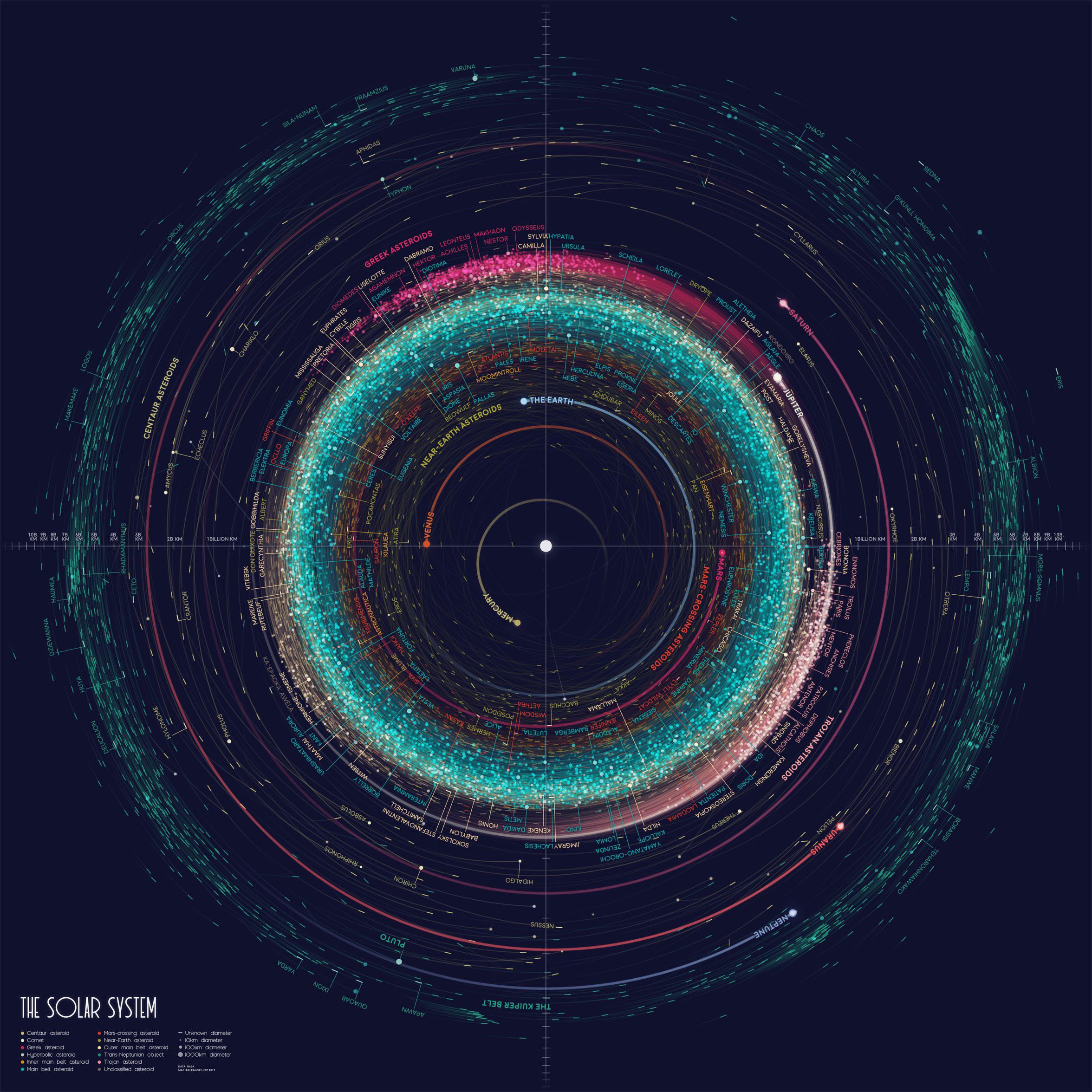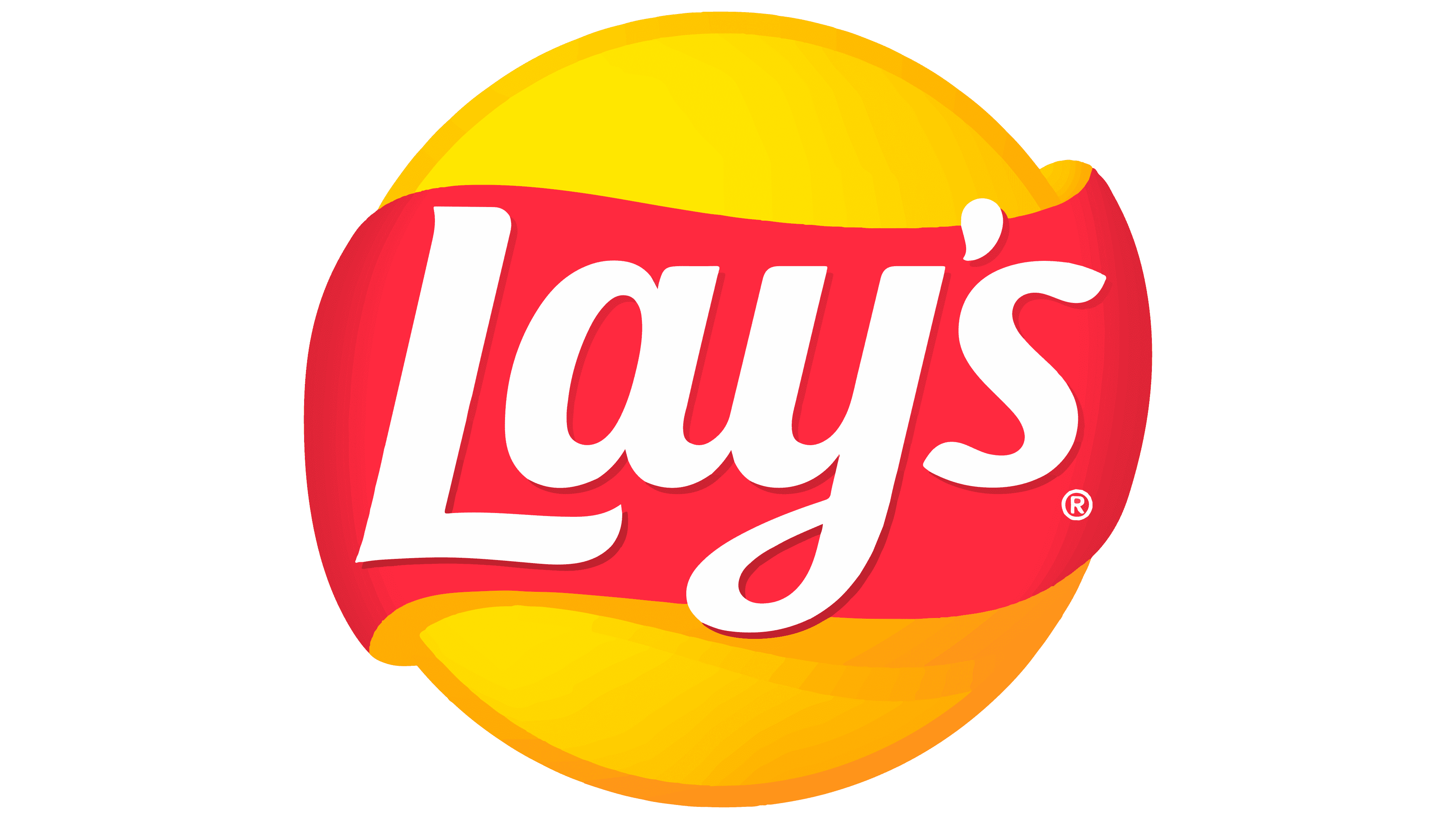Just wondering since I know a lot of people quietly use a screen-area-select -> tesseract OCR -> clipboard shortcut.
- I separate subjects of interest into different Firefox windows, in different workspaces – so I have an extension title them and a startup script parse text to ask the compositor to put them in the correct workspace (lets me restart more conveniently).
- I have automatically-set different-orientation wallpapers for using my 2-in-1 depending on whether I use it in portrait or landscape (kind of just for looks, but I don’t think if anyone else adds a wallpaper change to their screen rotation keybind).
I made a user for my partner
I also have a user for your partner
Haha!
Take my poor man’s gold
🏅
When I press Super + PrtSc, a bash script performs the following:
Takes a screenshot of the entire desktop (import -window root) and saves it as ~/screenshot.png…
Analyzes the screenshot to calculate the “mean brightness” value of the image. It converts the image to grayscale and determines the average pixel brightness (a value between 0 and 1, where 0 is black and 1 is white).
Checks if the image is dark by comparing the mean brightness to a threshold of 0.2. If the mean brightness is less than 0.2 (i.e., the image is very dark), it applies a negative filter to the image (convert -negate), effectively inverting the colors (black becomes white and vice versa).
Sends the image to a printer (lp command) named MF741C-743C for printing.
an actual print screen, finally
A kind of ‘super’ print screen, in fact.
Maybe a bit plain since I’m only at mediocre level in my Linux journey, but I use my favorite fonts for Kitty. Recursive Mono Linear and then for italics and comments in neovim I use Recursive Mono Casual Italic.
Recursive Linear is so tidy and neat, with just the lightest touch of personality. And Casual keeps that style but tweaks it just ever so slightly to a more comic. And they have sans versions of both as well for everything else.
I also made my own Starship prompt to match my desktop. It runs an easily reconfigurable color palette and uses color coded chevrons to denote different git statuses.
My applications menu icon (or the “start” menu for the philistines) is a 🐢.
based
Small thing, but I really like it: I have ~/autoclean_tmp directory on most of the hosts I use as a desktop. Then on crontab I have a find-command which automatically deletes files which are 7 days or older. I can throw stuff I download from the internet and copy from other hosts, random text files when setting up new stuff and so on in there and they just vanish after a while.
I have the same type of thing. An alias that creates a tempdir that is based on the date, then cd’s into it. Then a cron job that finds dirs that are older then N days old and deletes them. I use these for most of my scratch work. Having several days to look back at what you did and know when you did it is so nice.
I suspect my habit of having an
alias userctl="systemctl --user"is slightly unusual, as is running Firefox, Steam, and some other graphical programs as systemd units is somewhat unusual (e.g.mod4-enterrunssystemd-run --user alacritty)But what I’m actually pretty sure is unique is my keyboard layout. I taught myself dvorak a summer some decades ago, but the norwegian dvorak layout has some annoyances, so I’ve made some tweaks. Used to be a
Xmodmapfile, but with the switch to wayland I turned it into a file in/usr/share/X11/xkb/symbols/.Part of what I did to teach myself dvorak and touch-typing at the same time was randomize the placement of the keycaps too. It has a side effect of being a kind of security by obscurity layer: I type quickly and confidently, but others who want to use my machines have an “uhh …” reaction.
I have been using the same
userctlalias.I didn’t know about the
systemd-runcommand. Do you use it to save the command log? I created a script conveniently namedxwhich opens a file in a default app, in the background, so I can still use the terminal. But then I had the problem with handling logs and this sounds like a perfect solution. Gonna try it today.As for the alias, I wanted to create a pacman-like interface for systemctl, so the commands would be much shorter, but never finished it. For example,
sctl -Eun unitwould be equal tosysyemctl enable --user --now unitThe logs are handled, but I mostly use it for command separation and control, including killing unruly child processes.
Does stuff I wrote myself count?
Apache server that has a bunch of webpages that are all configured by simple JSON files and loaded by PHP. The pages have buttons on them which when pressed enter macros. So I push “Deploy Landing Gear” and Shift+alt+F8 or some obscure as fuck combination no one would ever use normally gets pressed and the game can be set to use that keybind. Most of it is for simple immediate key presses but also made a few for macros as well.
The HTML/PHP that runs the show is a grand total of 2018 bytes, including comments. Plus a fairly bloated 2444 byte CSS file that includes some button colour options that I never use now because I decided they look ugly. Should update some of the background images though, my sheet steel Faulcon DeLacy logo looks a bit basic.
I have stickers on it, some of them hand drawn by my daughters.
While I doubt the concept is unique, the script is: a keyboard shortcut will check the clipboard for a YouTube link and then show launcher options for
mpvoryt-dlp, including launch arguments for lower quality format and audio only. It launches that in a terminal for easier handling when yt-dlp doesn’t work properly (much more common if using proxies, but also if a video is age-restricted or deleted).So when I see a yt link here, I can just copy it, keyboard shortcut and then it’s playing in my local video player.
edit: here’s the script. It assumes
xsel(clipboard access),rofi(menu creator),gnome-terminal(terminal) andnotify-send(system notification on failure) are installed and working, you’ll need to replace any which don’t match your system. My DE just runs it in bash when the shortcut is entered.Code (click to expand)
#!/bin/bash ARR=() ARR+=("mpv full") ARR+=("mpv medium") ARR+=("yt-dlp") NORMAL_URL=`xsel -ob | sed -r "s/.*(v=|\/)([a-zA-Z0-9_-]{11}).*/https:\/\/youtube.com\/watch?v=\2/"` CHOICE=$(printf '%s\n' "${ARR[@]}" | rofi -dmenu -p "mpv + yt-dlp from clipboard") DOWNLOAD="false" MPV="false" OPTIONS="" if [ "$CHOICE" = "mpv full" ]; then MPV="true" fi if [ "$CHOICE" = "mpv medium" ]; then MPV="true" OPTIONS+="'--ytdl-format=bv*[height<721]+ba' " fi if [ "$CHOICE" = "yt-dlp" ]; then DOWNLOAD="true" fi if [ $MPV == "true" ]; then COMMAND="mpv $OPTIONS $NORMAL_URL" gnome-terminal --title "$NORMAL_URL" -- bash -c "echo $COMMAND;$COMMAND;if [ \$? -ne 0 ]; then notify-send 'yt-dlp failed' $NORMAL_URL; bash; fi;" elif [ $DOWNLOAD == "true" ]; then COMMAND="yt-dlp $OPTIONS $NORMAL_URL" gnome-terminal --title "$NORMAL_URL" -- bash -c "echo $COMMAND;$COMMAND;if [ \$? -ne 0 ]; then notify-send 'yt-dlp failed' $NORMAL_URL; bash; fi;" fiUh I would be interested in that actually! Nowadays Youtube generates lots of problems with freetube due to their cookie bullshit and I feel with mpv(yt-dlp) in cli I at least have the option to see whats going on.
Now added to my comment :)
Same
Now added to my comment :)
Thanks!
Uh this sounds awesome, care to share?
Now added to my comment :)
I have two mice, one for either hand, and use xinput to flip the buttons on JUST the left one. It’s actually one of the main things keeping me from moving to Wayland, which doesn’t seem to have the same configuration features
LOL I’ve never seen that before.
Do you use them both at the same time? Or do you switch between them rapidly? (Maybe you could make a taskbar button-toggle if it’s the latter!)
there are both configurable mice that let you swap mouse buttons (in the worst case in a windows virtualbox with usb passthrough) or mice that are leftie right out the get-go. those would allow you to use wayland, assuming you can afford to and want to get a new mouse.
I have Syncthing set up to copy save data between my pc and steam deck, but not just for emulator stuff: its got my entire modded minecraft directory and my balatro modloader nn there too.
Syncthing is great and incredibly easy to use. I have mine set to sync my Obsidian notes so I don’t have to pay for the official service.
I have tried multiple different open source note apps that offer free local sync, but I can’t find anything I like. It frustrates me because I love open source.
I use the same setup with Syncthing and Obsidian. The git plugin sometimes gets confused, but nothing I can’t untangle. I also use Syncthing for pictures off my phone, and ebooks onto it.
Actually, I think I do have a setup that might qualify as unusual: I use the scheduled backup feature of Podcast Addict to get a listing of listened podcast episodes, and then I inject them into my Obsidian notes.
deleted by creator
I use compose key sequences to save time writing out long email addresses. For example, I have something like this in my ~/.XCompose:
<Multi_key> <b> <o> <s> <at>: "myangryboss@company.com" # Email of my very angry bossSo I can just type Compose (right alt on my system), bos@ and get his email address. Less error prone than typing out emails manually.
I’m probably not the only one to use compose strings as a replacement to a text expander, but I don’t know anyone else who does this.
In all my servers I still have a cron->make routine running. It’s a hold-over from 20 years ago and the state of IaC back then, and it’s made its way onto every server I manage because it is simple and effective.
And it still does its job. 8 major RHEL releases later, and the thing it needs to do, it does.
Lennart would build 3 new daemons and link them all into dbus, I’m sure.
I’m one of at most a handful people in the world with a full disk encrypted Steam Deck and unlocking using the touchscreen.
Until someone implements https://github.com/ublue-os/bazzite/issues/464 in Bazzite.
I’m using XFCE with Compiz, and since I have two monitors I have a 3D octagon instead of a 3D cube desktop.











